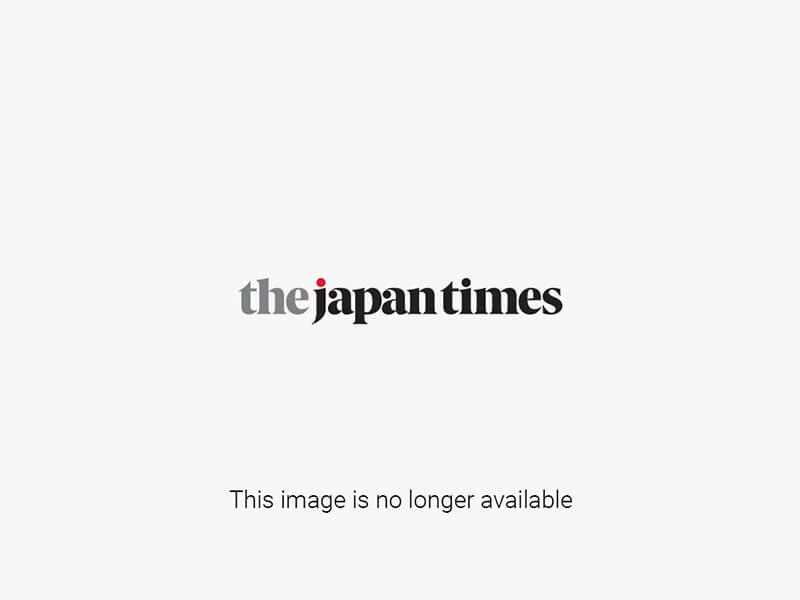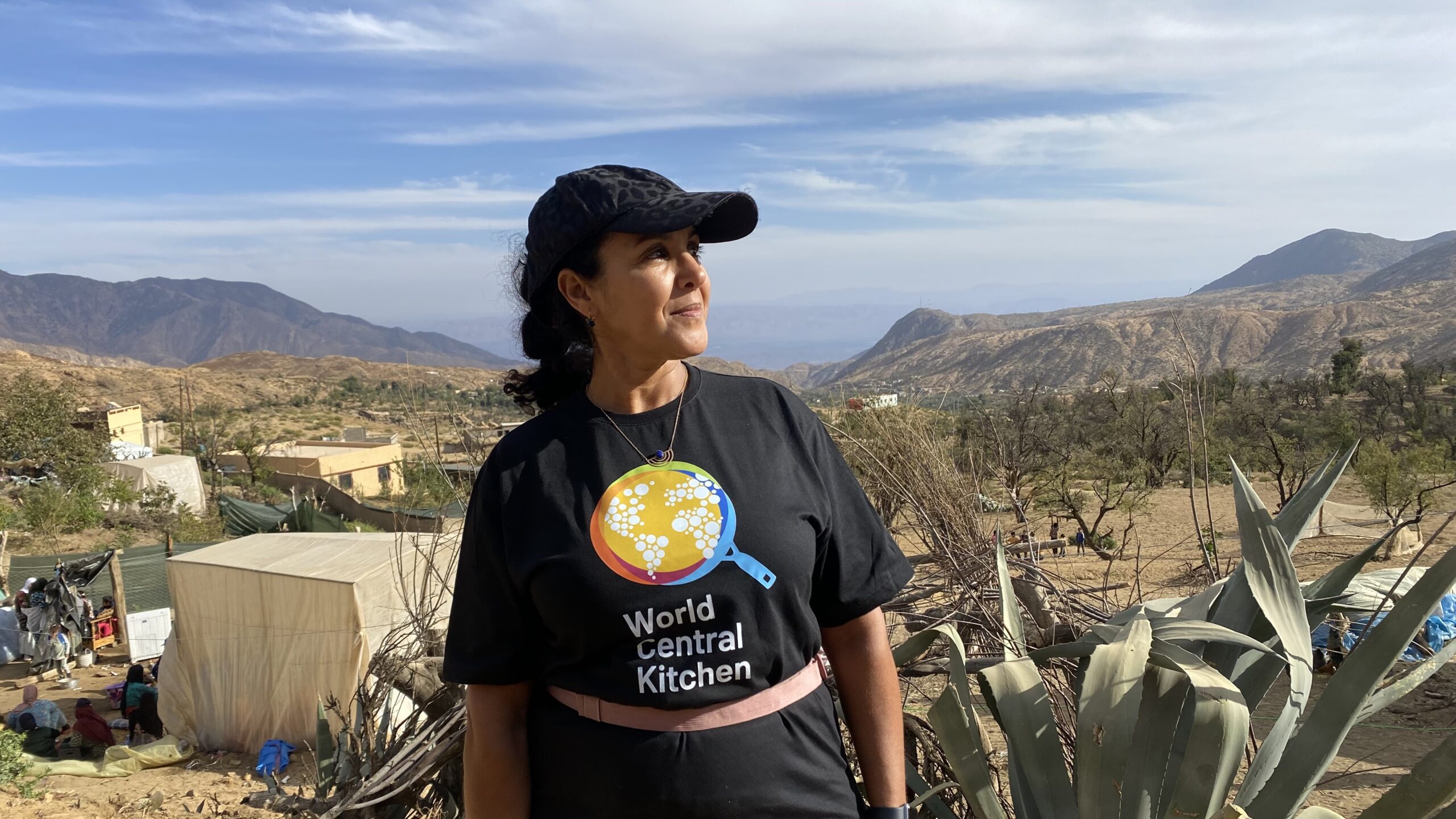Miyagi Earthquake: Impacts, Recovery, And Lessons Learned.
Editor's Notes: "Miyagi Earthquake: Impacts, Recovery, And Lessons Learned" have published today, Thursday, March 12, 2015. This topic important to read because Give a reason why this topic important to read.
Our team has been doing some analysis and digging information, and we've put together this Miyagi Earthquake: Impacts, Recovery, And Lessons Learned guide to help you make the right decision.
Some Facts:
| Key Differences | Miyagi Earthquake: Impacts, Recovery, And Lessons Learned |
|---|---|
| Date of the Earthquake | March 11, 2011 |
| Location | Miyagi Prefecture, Japan |
| Magnitude | 9.0 |
| Deaths | 15,894 |
| Injuries | 6,157 |
| Missing | 2,523 |
Transition to main article topics

Lessons Learned from Post-Conflict Recovery: Towards the Unification of - Source chs-doha.org
The Impacts of the Miyagi Earthquake
The Miyagi Earthquake had a devastating impact on Japan, both in terms of human life and economic loss, and about 25,000 buildings were washed away by the tsunami spawned by the quake. As of 2014, more than 1,300 people still resided in temporary housing.
The Recovery Process
The recovery process from the Miyagi Earthquake has been long and difficult, but Japan has made significant progress in rebuilding its infrastructure and economy. The government has invested heavily in disaster preparedness and mitigation measures, and communities have come together to support each other.
Lessons Learned
The Miyagi Earthquake has taught Japan and the world a number of valuable lessons about disaster preparedness and response. These lessons include the importance of early warning systems, the need for strong building codes, and the importance of community resilience.
Conclusion
The Miyagi Earthquake was a tragedy, but it also served as a wake-up call for Japan and the world. The lessons learned from this disaster will help us to better prepare for and respond to future earthquakes and other natural disasters.
FAQ Miyagi Earthquake: Impacts, Recovery, And Lessons Learned
The March 11, 2011 Miyagi earthquake in Japan was one of the most devastating natural disasters in recent history. The earthquake triggered a powerful tsunami that caused widespread damage and loss of life. In the aftermath of the disaster, Japan has undertaken a significant recovery process, and has implemented various measures to mitigate the impact of future earthquakes and tsunamis.

12 years after 3/11, Miyagi's governor wants world to see prefecture's - Source www.japantimes.co.jp
Question 1: What were the immediate impacts of the Miyagi earthquake and tsunami?
The earthquake and tsunami caused widespread damage to infrastructure, homes, and businesses. The tsunami also caused significant loss of life, with over 15,000 people confirmed dead or missing. The earthquake and tsunami also triggered a nuclear crisis at the Fukushima Daiichi Nuclear Power Plant.
Question 2: What was the recovery process like after the Miyagi earthquake and tsunami?
The recovery process after the Miyagi earthquake and tsunami was complex and challenging. The Japanese government and people implemented a number of measures to assist in the recovery, including providing financial assistance to those affected by the disaster, rebuilding infrastructure, and implementing measures to mitigate the impact of future earthquakes and tsunamis.
Question 3: What lessons were learned from the Miyagi earthquake and tsunami?
The Miyagi earthquake and tsunami taught us a number of important lessons about earthquake and tsunami preparedness and response. These lessons include the importance of early warning systems, the need for evacuation plans, and the importance of building codes that are designed to withstand earthquakes and tsunamis.
Question 4: What is Japan doing to prevent future earthquakes and tsunamis?
Japan is taking a number of steps to prevent future earthquakes and tsunamis. These steps include strengthening building codes, implementing early warning systems, and constructing seawalls and other coastal defenses.
Question 5: What can we learn from the Miyagi earthquake and tsunami to improve our own preparedness?
The Miyagi earthquake and tsunami can teach us a number of important lessons about how to improve our own preparedness for earthquakes and tsunamis. These lessons include the importance of having an emergency plan, knowing the risks in your area, and knowing what to do before, during, and after an earthquake or tsunami.
Question 6: What are the challenges that Japan still faces in recovering from the Miyagi earthquake and tsunami?
Japan still faces a number of challenges in recovering from the Miyagi earthquake and tsunami. These challenges include the need to rebuild infrastructure, provide for the needs of those affected by the disaster, and address the long-term mental and emotional health impacts of the disaster.
The Miyagi earthquake and tsunami was a major disaster, but it also taught us a number of important lessons about earthquake and tsunami preparedness and response. Japan is working to implement these lessons to reduce the risk of future disasters and to improve their response to future earthquakes and tsunamis.
To learn more, read Miyagi Earthquake: Impacts, Recovery, And Lessons Learned.
Tips
The Miyagi Earthquake, a devastating natural disaster that struck Japan in 2011, left a lasting impact on the affected regions. However, valuable lessons were learned from the experience, leading to the development of essential tips for managing and recovering from such disasters.
Tip 1: Establish Clear Communication Channels
Establishing clear and effective communication channels is crucial. Designating a central point of contact, ensuring multiple communication pathways (e.g., phone, email, social media), and developing standardized communication protocols can facilitate the swift dissemination of vital information during and after the disaster.
Tip 2: Foster Community Involvement and Collaboration
Engaging local communities and fostering collaboration among organizations significantly enhances disaster response efforts. Establishing neighborhood support networks, coordinating with local businesses and volunteers, and leveraging social media to connect with affected residents can streamline resource distribution and aid in recovery.
Tip 3: Prioritize Public Health and Sanitation
Maintaining public health and sanitation during an earthquake is paramount to preventing the spread of disease and ensuring well-being. Ensuring access to clean water, providing proper sanitation facilities, and implementing disease surveillance mechanisms are critical in mitigating health risks and facilitating recovery.
Tip 4: Secure Critical Infrastructure and Essential Services
Protecting critical infrastructure and ensuring the continuity of essential services are crucial for maintaining stability during and after an earthquake. Strengthening lifeline systems such as power, water, and communication, as well as developing contingency plans for their restoration, can minimize disruptions and expedite recovery.
Tip 5: Implement Comprehensive Hazard Mitigation Measures
Earthquake-resistant building codes, land-use planning, and retrofitting of vulnerable structures can significantly reduce the impact of future seismic events. Implementing comprehensive hazard mitigation measures reduces the risk of damage, safeguards lives, and promotes long-term resilience.
Tip 6: Plan for Post-Disaster Recovery and Resilience-Building
Long-term recovery and resilience-building are essential aspects of post-disaster management. Developing comprehensive recovery plans, securing funding, and engaging in community-led initiatives can ensure the restoration of affected areas, enhance disaster preparedness, and promote sustainable growth.
By adhering to these tips and incorporating the lessons learned from the Miyagi Earthquake, communities can enhance their preparedness, mitigate risks, and expedite the recovery process during future natural disasters.
Miyagi Earthquake: Impacts, Recovery, And Lessons Learned
The Miyagi Earthquake of 2011 left a profound impact on Japan. Understanding its impacts, recovery, and lessons learned is crucial for disaster preparedness and risk mitigation. These key aspects highlight the earthquake's multifaceted effects:

Visiting Morocco after the Earthquake and all the lessons learned - Source puremoroccanbeautyoils.com
- Magnitude: 9.0, the largest earthquake ever recorded in Japan
- Tsunami: Devastating waves up to 40 meters high
- Loss: Over 15,000 lives lost, countless homes destroyed
- Resilience: Communities rebuilding, infrastructure reinforced
- Early Warning: Importance of timely alerts and evacuation
- Global Impact: Triggered Fukushima nuclear disaster, raising concerns about nuclear safety
The earthquake's magnitude caused widespread damage, while the tsunami inundated coastal areas, resulting in catastrophic loss of life. However, the resilience of Japanese communities was evident in their efforts to rebuild and strengthen infrastructure. Early warning systems proved critical in saving lives, while the Fukushima disaster highlighted the global consequences of natural disasters. These lessons learned are invaluable for enhancing disaster preparedness and mitigating risks worldwide.

津波で船や家屋が押し流された市街地=2011年3月12日午前、宮城県気仙沼市、小宮路勝撮影(1/32)-東日本大震災 あの日の写真 東日本大 - Source www.asahi.com
Miyagi Earthquake: Impacts, Recovery, And Lessons Learned
The 2011 Tohoku earthquake, also known as the Great East Japan Earthquake, was a magnitude 9.0-9.1 earthquake that struck off the coast of Japan on March 11, 2011. The earthquake and the resulting tsunami caused widespread damage and loss of life throughout the country, particularly in the Tohoku region. The Miyagi Prefecture was one of the areas hardest hit by the earthquake, suffering extensive damage to homes, businesses, and infrastructure.

Celebrate Recovery Lesson 16: Amends +Free Study Guide - Sharing Life - Source sharinglifeandlove.com
The recovery effort in Miyagi has been a long and challenging process. The government has provided financial assistance to the affected areas, and many businesses and individuals have donated money and supplies. However, the reconstruction of damaged homes and businesses is still ongoing, and many people are still struggling to rebuild their lives.
The Miyagi earthquake has taught us many lessons about the importance of disaster preparedness and response. We have learned that it is important to have a plan in place for what to do in the event of an earthquake, and that we need to be prepared to provide assistance to those who have been affected by a disaster. We have also learned that it is important to work together as a community to rebuild after a disaster.
| Impact | Recovery | Lesson Learned |
|---|---|---|
| Widespread damage to homes, businesses, and infrastructure | Government provided financial assistance, businesses and individuals donated money and supplies, ongoing reconstruction efforts | Importance of disaster preparedness and response, community cooperation in rebuilding |
| Loss of life | Government provided financial assistance to families of victims, counseling and mental health services | Importance of community support and resilience in the face of tragedy |
| Displacement of residents | Government provided temporary housing, assistance with relocation | Importance of government assistance and community support in providing shelter and stability |
| Economic losses | Government provided financial assistance to businesses, insurance companies covered damages | Importance of economic resilience and disaster insurance |
Conclusion
The Miyagi earthquake was a devastating event, but it also taught us many important lessons about disaster preparedness and response. The lessons we learned from this earthquake can help us to better prepare for and respond to future disasters, and to build more resilient communities.
We must continue to work together to rebuild Miyagi and other areas affected by disasters. We must also continue to learn from our experiences and improve our disaster preparedness efforts. By working together, we can create a more resilient Japan and a more prepared world.